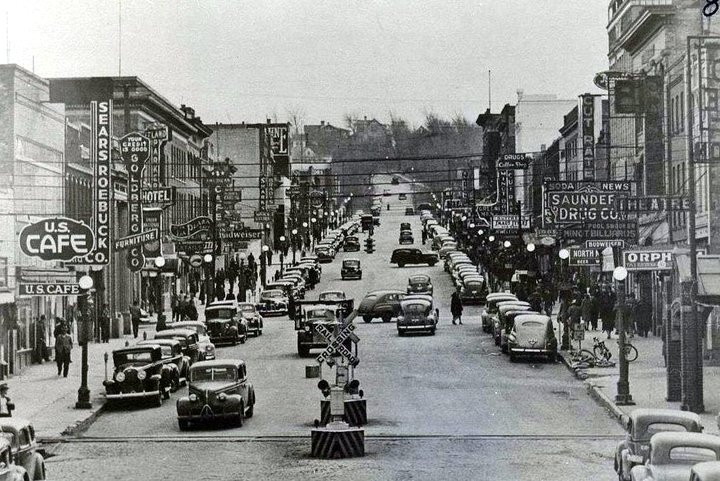1887
was a memorable year for Minot….the Railroad started building tracks to west
and the first ordinances, (Fire Ordinances), were passed due to about fires
burning down about two thirds of the buildings on Minot’s Main St. The
buildings that were destroyed were hastily built wood frame buildings. In 1888
more buildings were destroyed by fire. These include the original Parker House
Hotel and two other retail stores on Main St. In 1893 fire again destroyed a
good part of Main Street including the Occidental Hotel. A contractor, HT Van
Wagoner came to Minot to build the Leland House Hotel. Because of the fires he
decided to stay and construct a City of Brick. He established a brick kiln
about where the Holiday Inn is located… perhaps Minot’s first manufacturing plant.
This produced about 600,000 bricks per year, many shipped to locations around
the state. Wagoner’s buildings were well constructed and some of his work can
still be seen around town.
Occidental Hotel - destroyed by fire in 1893








.jpg)



.jpg)

.jpg)











.jpg)
.jpg)